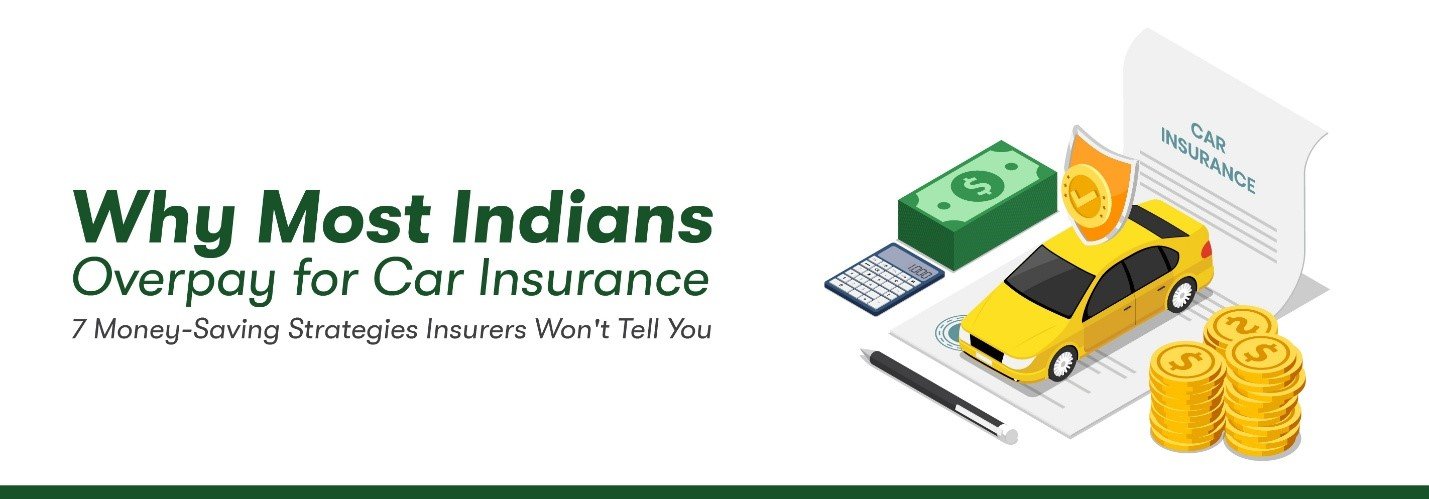Opening Doors to Inclusion
Microfinance is more than just small loans—it’s a bridge that connects people who have traditionally been left out of the financial system to opportunities they never thought possible. In many parts of the world, access to credit can be life changing, helping individuals start businesses, send children to school, or cover medical expenses. For families already weighed down by financial pressure, microfinance sometimes serves as an alternative to harsher solutions like taking on high interest debt or seeking debt relief later on. By offering resources in manageable amounts, microfinance allows people to participate in the economy in ways that were once out of reach.
Empowering Marginalized Communities
One of the most powerful effects of microfinance is the way it empowers marginalized groups, especially women. In communities where women often have limited access to traditional banking, microfinance programs give them the means to pursue their own economic ventures. From running small shops to investing in local crafts, these opportunities create independence and elevate entire households. When women gain financial control, research shows that families often benefit through improved nutrition, better education, and stronger community ties. Microfinance doesn’t just provide money—it creates pathways to dignity and self reliance.
Microfinance and Economic Development
At a larger scale, microfinance contributes to economic development by stimulating small businesses and local markets. The ripple effects of even a small loan can be significant. When entrepreneurs buy supplies, hire neighbors, or expand services, money circulates within the community and generates growth. Over time, these micro level contributions can strengthen local economies and reduce reliance on external aid. This process demonstrates how small investments, spread widely, can add up to meaningful progress.
The Challenge of Over Indebtedness
Despite its positive impact, microfinance is not without challenges. One of the biggest concerns is over indebtedness. Because loans are often easy to access, borrowers sometimes take on more than they can handle, especially when several microfinance institutions operate in the same area. This can trap families in cycles of repayment that feel overwhelming and counterproductive. It’s a reminder that while microfinance can empower, it also requires responsible management, education, and oversight to ensure it supports long term stability rather than short term relief followed by stress.
Sustainability of Microfinance Institutions
Another pressing issue is the sustainability of microfinance institutions themselves. Providing small loans to large numbers of people, many in remote or rural areas, can be costly. Institutions must balance their mission of inclusion with the financial realities of running operations. Interest rates are often higher than traditional banks to cover costs, which can cause criticism. Striking the balance between accessibility, fairness, and sustainability is essential if microfinance is to remain a reliable resource for future generations.
The Role of Financial Education
Financial education plays a vital role in making microfinance truly effective. A loan alone cannot transform someone’s life if they lack the knowledge to manage it well. Programs that pair financial literacy with access to credit often see better outcomes, as borrowers learn how to budget, save, and reinvest profits. By equipping individuals with both tools and understanding, microfinance becomes not just a financial product but a foundation for long term resilience.
Global Variations in Impact
The effectiveness of microfinance varies depending on local conditions. In some regions, it has lifted families out of poverty and strengthened communities. In others, results have been mixed or less dramatic. Cultural norms, infrastructure, and the level of support surrounding microfinance programs all influence outcomes. This variation shows that while microfinance is a powerful tool, it is not a one size fits all solution. Tailoring programs to local realities increases the chances of lasting success.
Looking Toward the Future
Microfinance has proven its value as a catalyst for financial inclusion and empowerment, but its future depends on careful growth. Addressing challenges like over indebtedness and sustainability while expanding education and support systems will determine how impactful it remains globally. With thoughtful implementation, microfinance can continue to transform lives, communities, and economies. It may not solve every problem, but it offers hope, opportunity, and the chance for people to build a future on their own terms.
YOU MAY ALSO LIKE: MIFLOW Login: Your Gateway to Streamlined Microfinance Management











